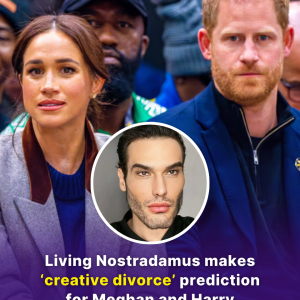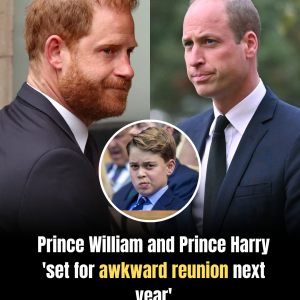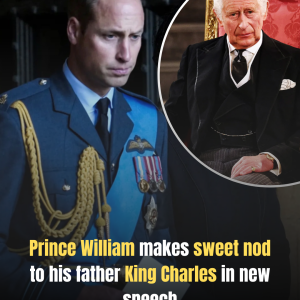
While much of the public attention falls on senior royals, there’s one young royal who’s been carving her own quiet path – Lady Louise Windsor. As the daughter of the Duke and Duchess of Edinburgh, and the eldest grandchild of the late Queen Elizabeth II, Lady Louise is slowly stepping into greater visibility within the Royal Family. But her journey has included a challenging start in life and a rare medical condition she has faced with resilience.
A Complicated Beginning

Born prematurely in November 2003, Lady Louise’s arrival into the world was far from smooth. Her mother, Sophie (then Countess of Wessex), experienced a severe placental abruption and lost a significant amount of blood during labor—reportedly nine pints. The emergency delivery required a C-section, and Louise weighed just 4 lbs 9 oz at birth.
Due to the premature delivery and trauma, Louise spent time in a specialist neonatal unit and wasn’t reunited with her mother until weeks later. At the time, Prince Edward was abroad on royal duty, as Louise had not been expected so early.
Living with Esotropia

The birth complications left Louise with a condition known as esotropia—a rare form of strabismus where the eyes do not align properly, often turning inward. Though not classified as a disability, esotropia can affect depth perception and vision if left uncorrected.
Her mother has spoken candidly about the condition in the past, noting that premature babies often develop squints because the eyes are one of the last parts of the body to fully develop. Sophie explained that while Louise’s eye alignment was quite noticeable early on, with time and medical support, her condition improved dramatically.
“She’s absolutely fine now – her eyesight is perfect,” the Duchess said in an interview, crediting medical care and early intervention.
Surgery and Recovery

Lady Louise underwent her first eye surgery at just 18 months old. Unfortunately, the procedure didn’t fully resolve the alignment issues. A second corrective surgery in 2014, when she was ten years old, proved far more effective.
Today, she continues to live without any visible sign of the condition. According to the NHS, esotropia affects about 1–2% of the population, and although some children outgrow mild forms, many require long-term management or surgery to correct the alignment and prevent visual complications.
Life Beyond the Headlines

Despite her royal title, Louise has largely remained out of the spotlight. Now studying at the University of St Andrews—the same university where Prince William met Kate Middleton—she seems to be enjoying a relatively private life.
Observers have noted her growing confidence during recent public appearances, from carriage rides at Trooping the Colour to walking beside her parents at official events. While she is not a full-time working royal, her presence signals the next generation slowly rising within the Firm.
A Quiet Strength

Lady Louise Windsor’s story is a reminder that even those born into privilege are not immune to medical struggles or emotional trials. Yet through early challenges, she has grown into a poised young woman, balancing royal responsibilities with academic life—and doing so largely on her own terms.
As she continues her journey, it’s clear that strength and grace run deep in this lesser-known royal.



